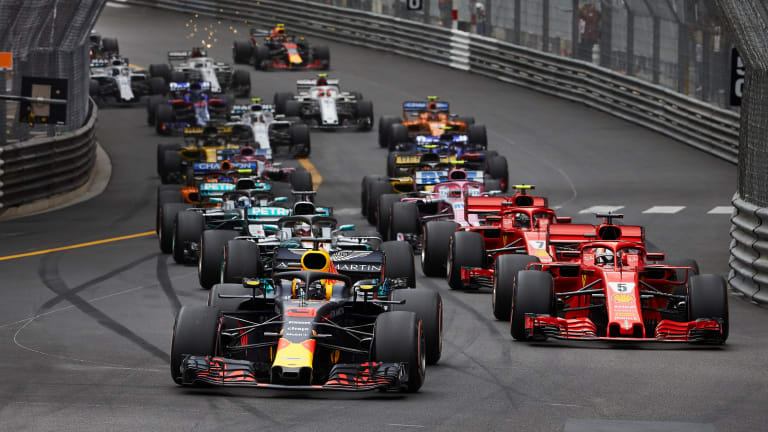
The Fast and the Luxurious: Why the F1 Monaco Grand Prix is the More Than The Ultimate Race
The Monaco Grand Prix, a sparkling jewel in the crown of the Formula 1 championship, is undeniably a hallmark of glamour, prestige, and thrilling precision. Held annually on the storied streets of Monte Carlo, it has been a part of the Formula 1 calendar since the championship's inception in 1950, symbolising an exquisite blend of sportsmanship and luxury.
The Grand Prix transcends the concept of a mere race, encapsulating a unique spectacle that combines high-speed action with an ambience of exclusivity. The race is staged on narrow, winding city streets, barely wide enough for two cars to pass, demanding the utmost precision from the drivers while offering spectacular viewing for the audience sitting in the stands.
The Monaco Grand Prix is more than an adrenaline-filled event; it is a lavish celebration that draws the who's who from the world of showbiz, sports, and high society. The stunning backdrop of yachts, the shimmering Mediterranean Sea, and the opulence of Monte Carlo adds to the allure, reinforcing the race's reputation as an international symbol of luxury and prestige. The competitors are not just racing for the win, they are competing in a historical event, on a legendary circuit, in the world's most opulent setting.
Read more: Huge Changes Coming To Monaco Grand Prix That Fans Will Love
The History of the Monaco Grand Prix
The Genesis of the Race: Pre-Formula 1 Era
The history of the Monaco Grand Prix begins well before the establishment of the Formula 1 Championship. The first race was held in 1929, thanks to the initiative of Anthony Noghès, son of a wealthy cigarette manufacturer and an automobile enthusiast. His vision was to create a world-class motor race that would place the Principality of Monaco on the global map.
The First Race and its Influence
The inaugural race in 1929, won by William Grover-Williams driving a Bugatti, set the precedent for the event's future glamour and exclusivity. The race attracted an array of wealthy spectators, which included several members of European nobility, setting the tone for the event's future status as a playground for the rich and famous. The event quickly became a sensation, its tight corners and narrow streets presenting a unique challenge to drivers, and its setting providing a stunning spectacle for fans.
Transition to the Formula 1 Championship
In 1950, with the establishment of the Formula 1 World Championship, the Monaco Grand Prix was incorporated as one of the seven races in the inaugural season. Juan Manuel Fangio, one of the sport's earliest icons, won the first Formula 1 race in Monaco, thus beginning an era of intense competition and growing prestige.
Evolution and Growth over the Decades
Over the decades, the Monaco Grand Prix has cemented its place as a premier sporting event. The layout of the circuit has evolved, yet the unique characteristics of the street circuit have been maintained. The Tunnel, the Casino Square, and the Fairmont Hairpin have become iconic features of the race. Moreover, the event has witnessed many historical moments, from Graham Hill's five victories in the 1960s to Ayrton Senna's unmatched record of six wins, cementing its reputation as a race where legends are made.
